How can icebergs be blue and why is this related to sunsets?
Follow FizzicsEd 150 Science Experiments:
You will need:
- One large clear container filled with 5 litres of water
- Milk
- A strong source of light, eg. spotlight, projector lamp
- A darkened room
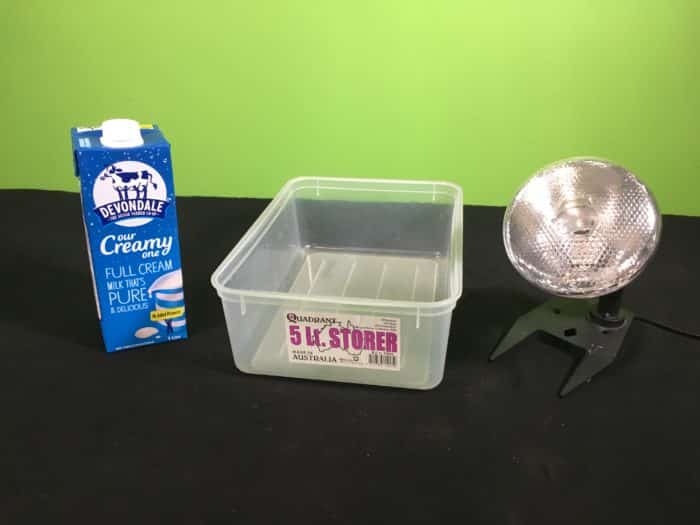
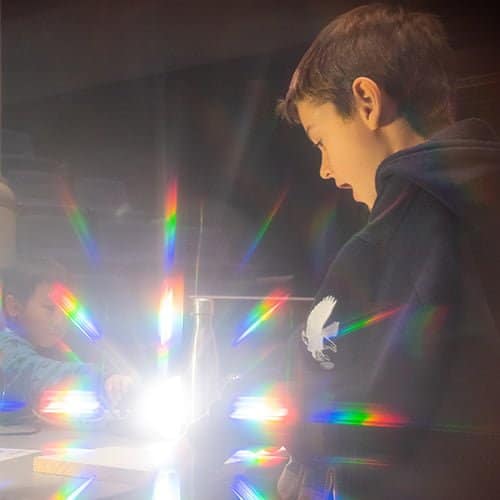
School science visits since 2004!
– Curriculum-linked & award-winning incursions.
– Over 40 primary & high school programs to choose from.
– Designed by experienced educators.
– Over 2 million students reached.
– Face to face incursions & online programs available.
– Early learning centre visits too!
Why Does This Happen?
The demonstration just performed is a classic way of showing how sunsets work. White light is comprised of all of the colours of the rainbow i.e. the light spectrum. The different colours you see represent the different wavelengths of light.
An orange object is only ‘orange’ when you see the orange wavelength of light being reflected off it.
When light travels through a substance, some of the visible light wavelengths are absorbed whilst the other light is reflected. As the light entered the milk solution the light in the blue end of the visible spectrum was scattered by the suspended milk solids. This left the lower energy wavelengths of orange and red to pass through the solution, creating the orange/red colour seen in the experiment.
So how does this relate to sunsets?
The daytime sky appears blue because this blue light is scattered more readily towards us, known as Rayleigh scattering. During sunset the sunlight is still scattered, however, the blue light is scattered away from our eyes leaving the oranges and reds you see.
So how does this relate to blue icebergs?
In an average iceberg, there are large amounts of trapped air bubbles. The air scatters the light passing through the iceberg and all the visible wavelengths of light toward you, making it appear white.
However, an iceberg formed underwater, away from the air, will have little to no air bubbles within it.
Passing light through such an iceberg will have the weaker red wavelength of light be absorbed by the ice, leaving the more high energy blue light to pass through the iceberg and into your eye, and so you see it as being blue.
Note: Mixing coloured light together always makes white; this is known as colour addition.
Variables to test
- Try differing amounts or types of milk
- Does this still work with different strength lights?
- What happens if you use a coloured light instead?
Teaching about light absorption & reflection? From Light & Colour workshop has you covered!
Get in touch with FizzicsEd to find out how we can work with your class.
Light & Colour
Years 1 to 6
Maximum 30 students
Workshop or Show (NSW & VIC)
60 or 90 minutes
Online Class Available
STEM Full Day Accelerator - Primary
Designed from real classroom experiences, this modular day helps you create consistently effective science learning that directly address the new curriculum with easily accessible and cost-effective materials.
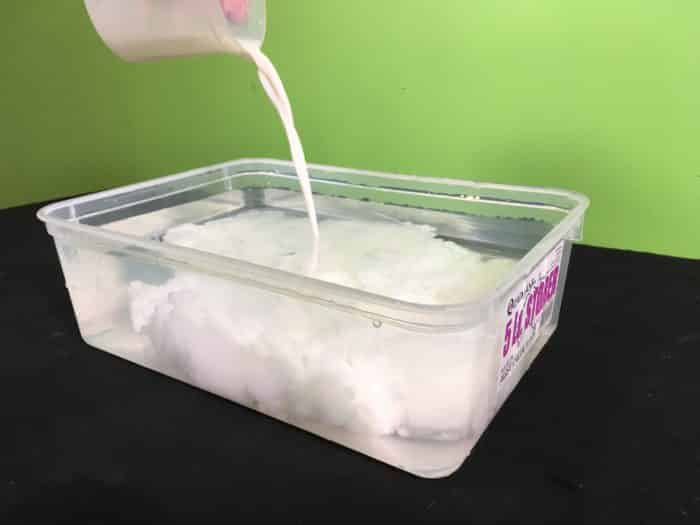
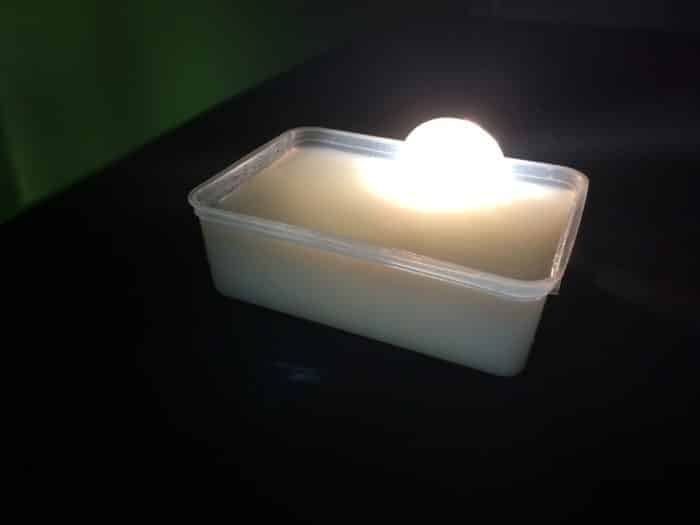
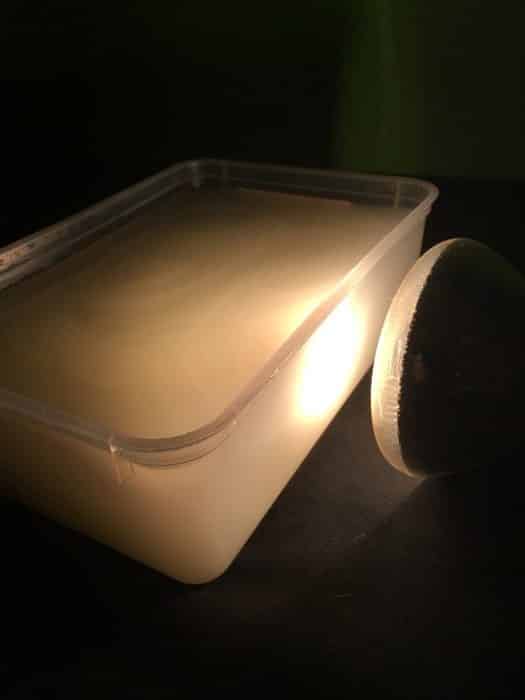
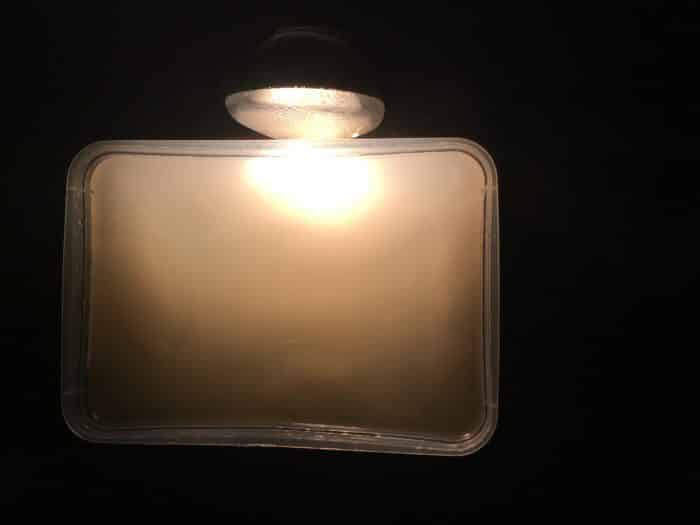
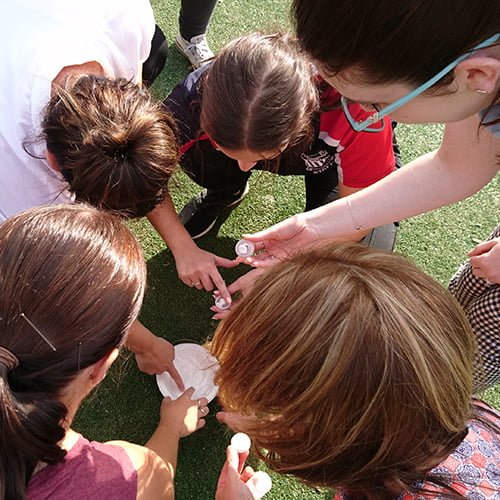
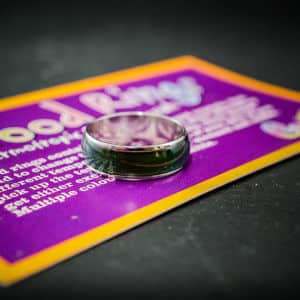
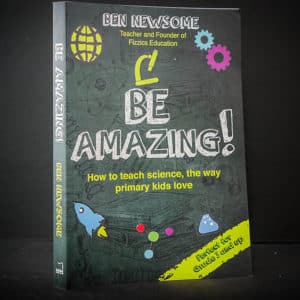
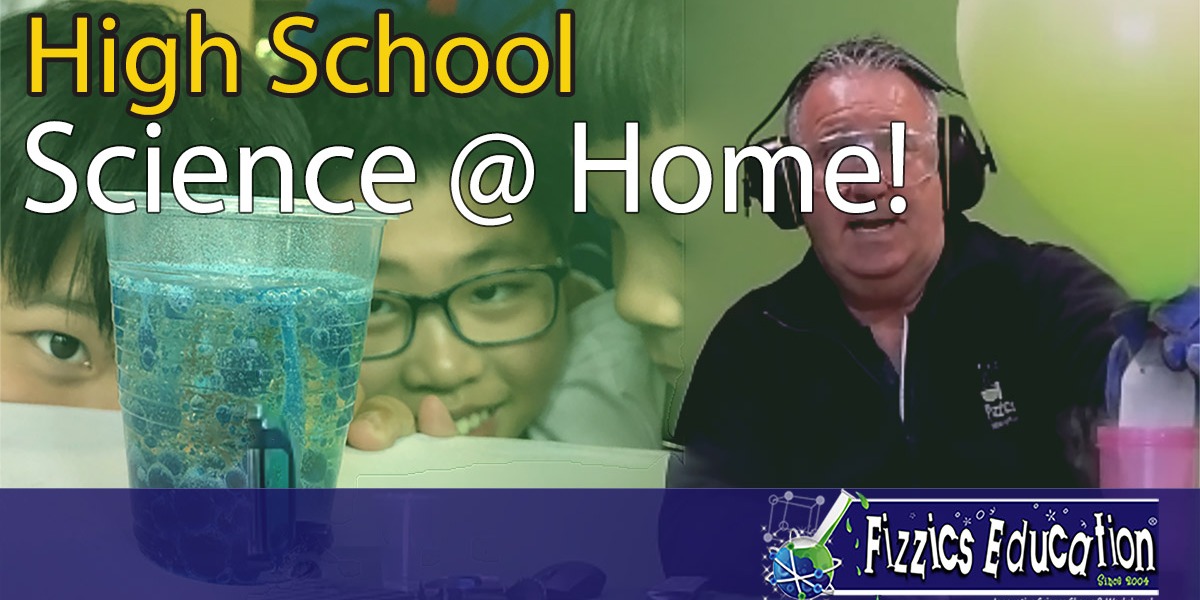
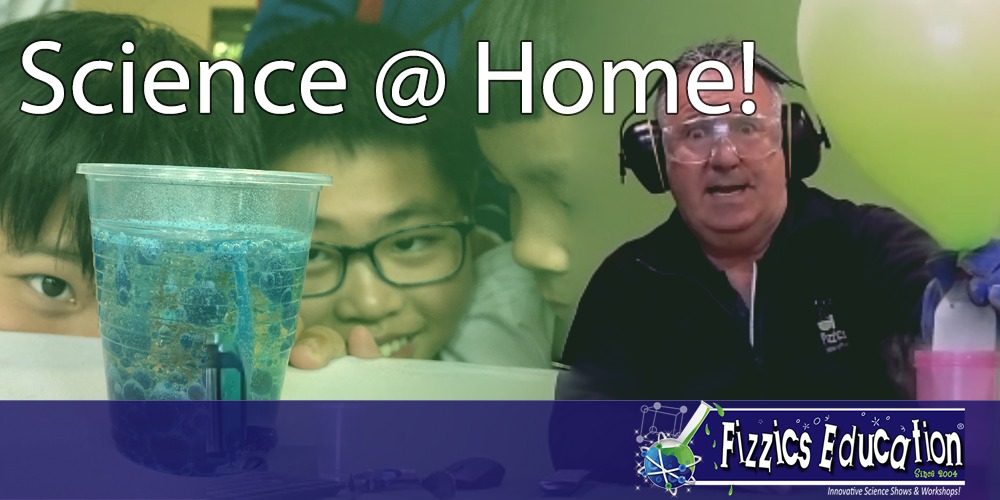
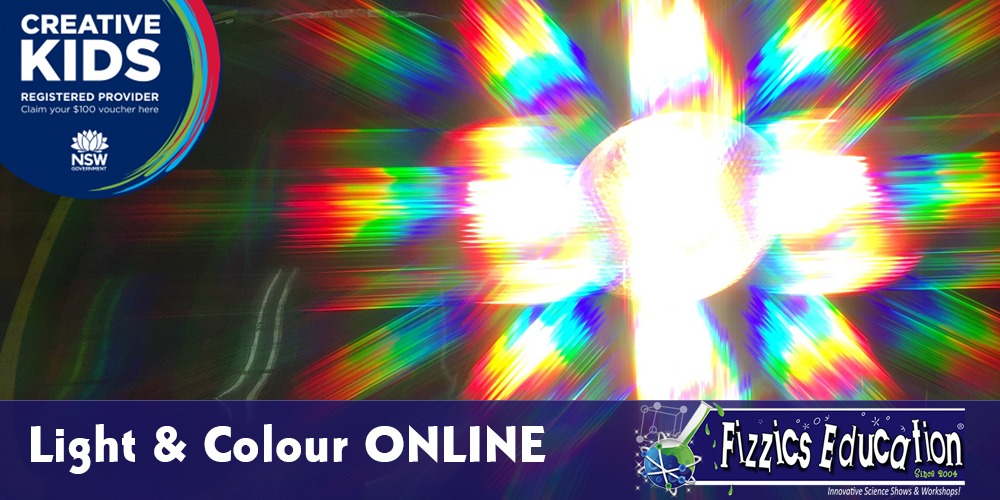
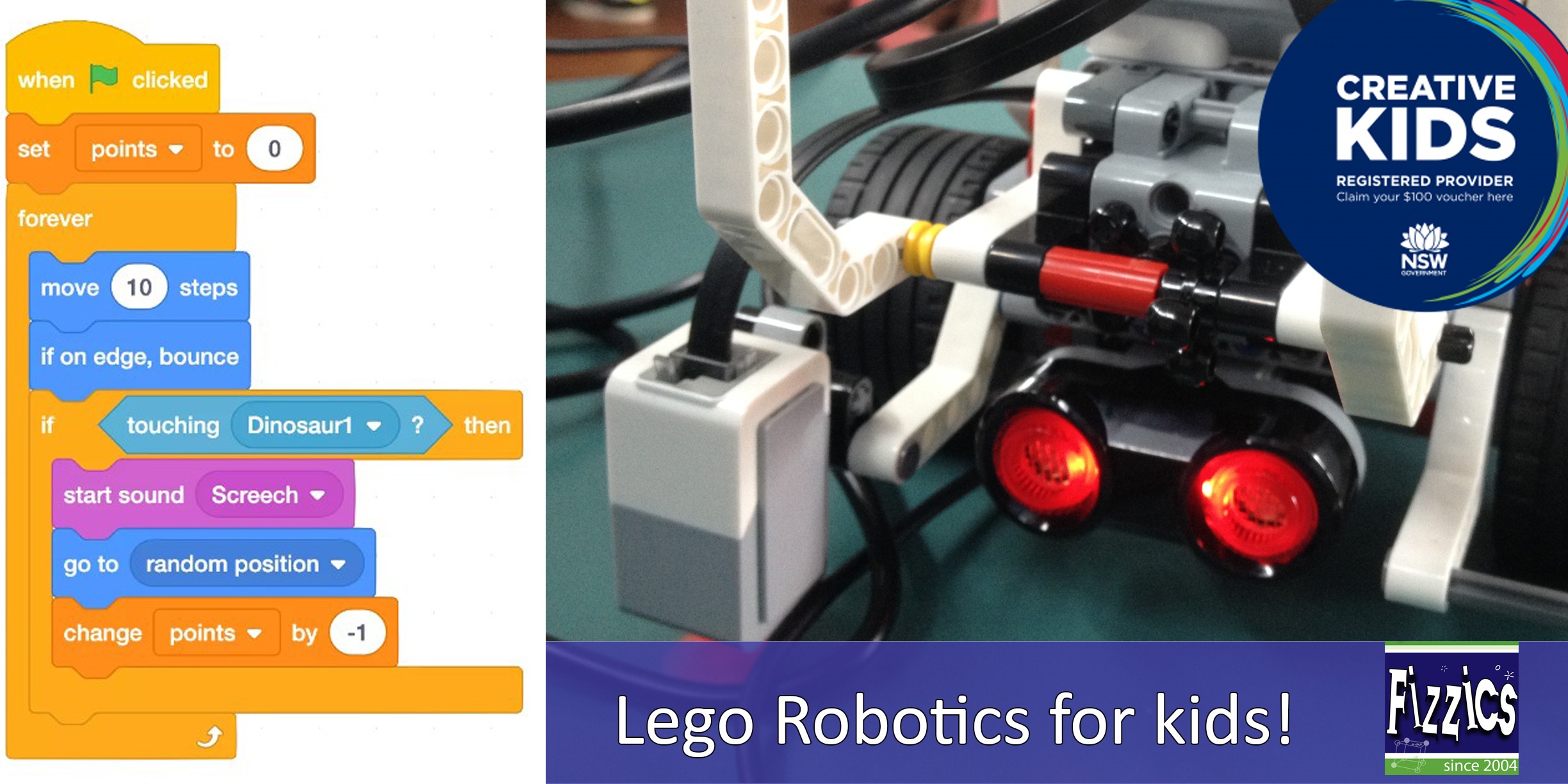
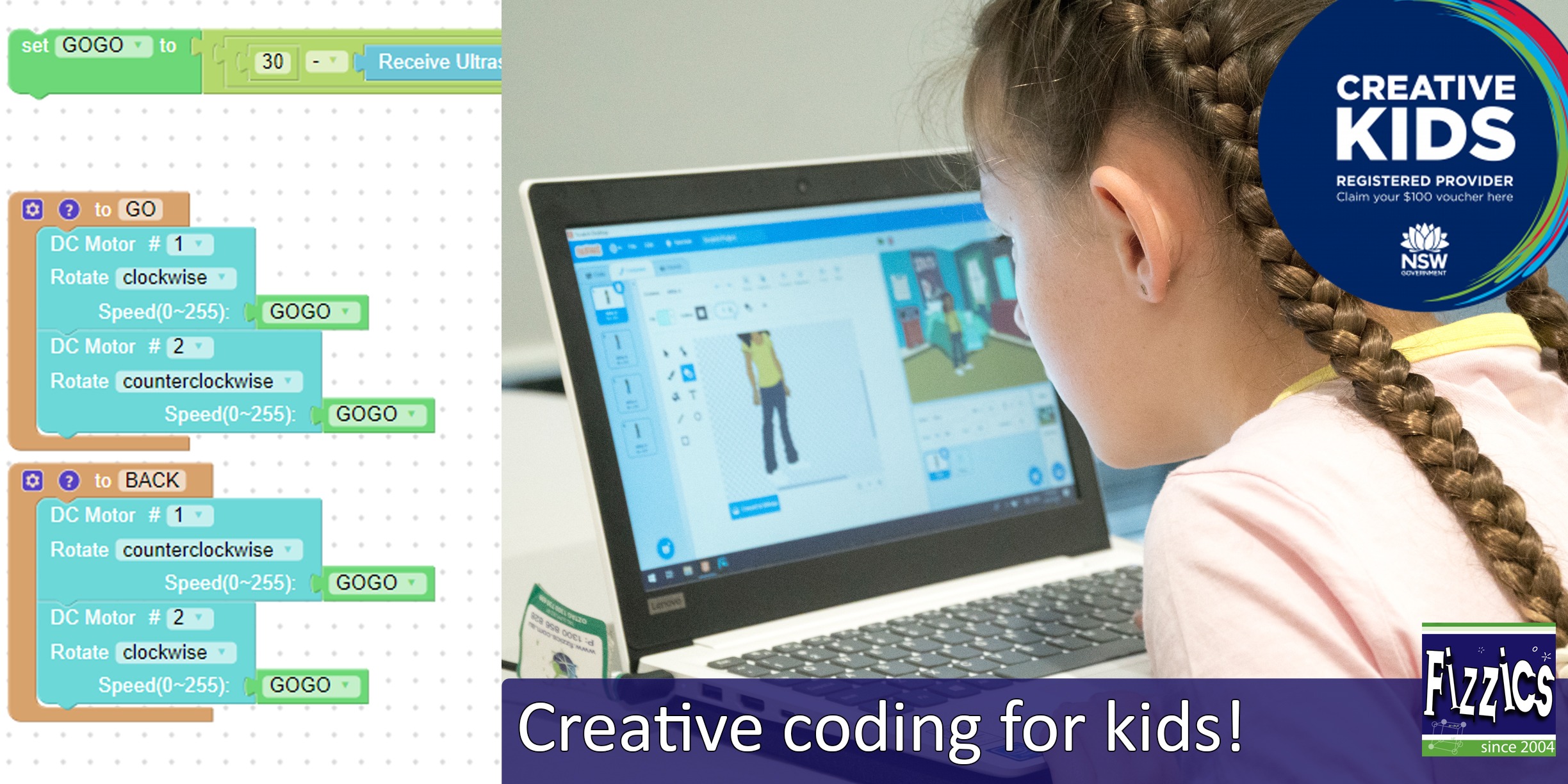
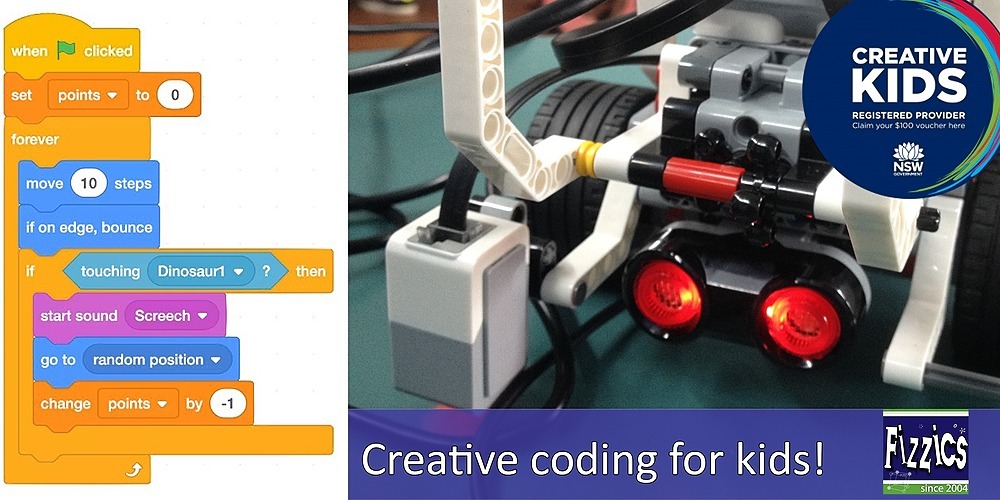
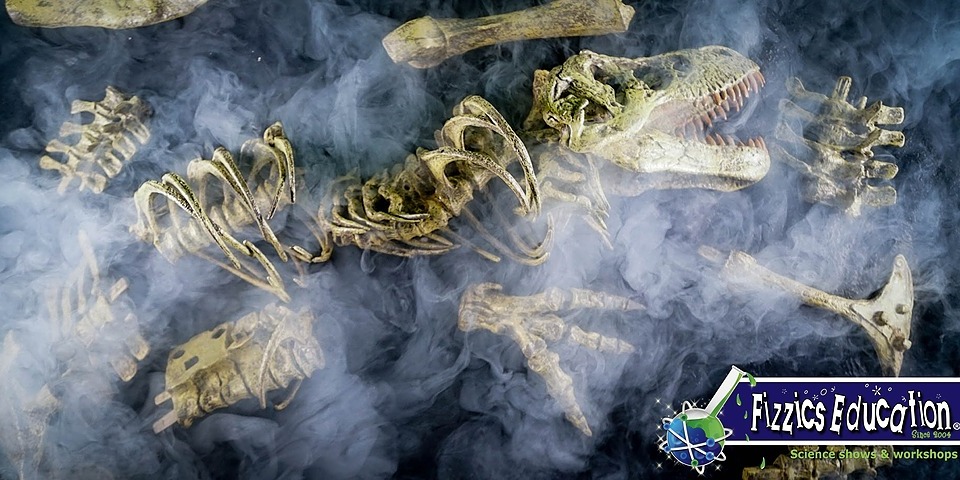












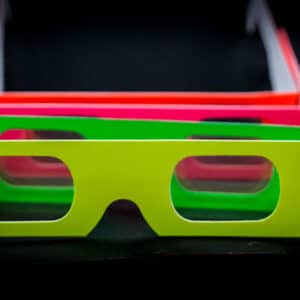
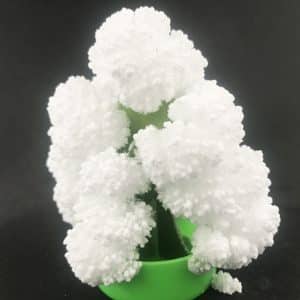
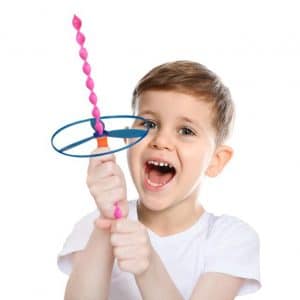
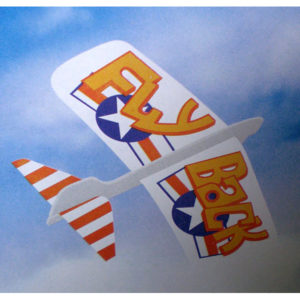
Comments